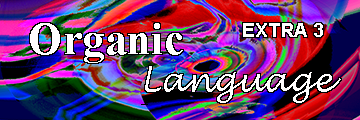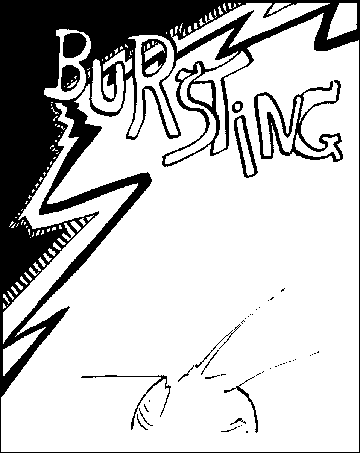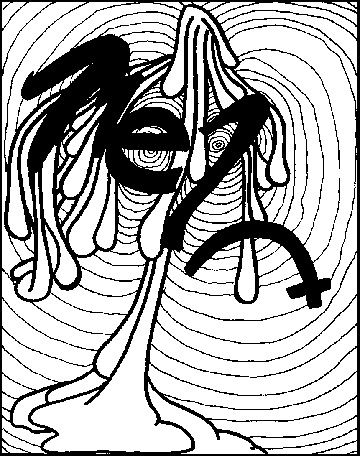



Navigation: Organic Language, Part-1-extra, Part-2-extra, Part-3-extra (this page)
Organic Language Part 3
Reading often evokes only a shallow, intellectual meaning response (caused mainly by taking words out of the 4D acoustic world into a 2D, flat visual plane). If a reader adds acoustic shape, depth and texture to the words they read, emotions, sensations and other dimensions of meaning are possible.
This is very difficult to bring about, because we are so fundamentally conditioned by our literacy training and there is confusion in the modern episteme about what constitutes our conscious experience of life. Think of the words ‘thought’, ‘intellect’, ‘reason’, ‘emotion’, ‘sensation’, ‘feeling’, ‘experience’, ‘consciousness’. We tend to associate thought and consciousness with the intellect and with the brain. All the touchy-feely things are somehow secondary, and associated more with the body. However, all these words refer to aspects of experience that are happening contiunually, and contributing to our experience of meaning.
The works in Part 3 explore what can be done using this type of perception. However, most people cannot leave their reading conditioning behind, and to them, these pieces appear as strings of simplistic words. — c. 2% of readers so far have been able to access these works, and their feedback has been very positive.

The first piece, ‘Brainstorm’ introduces bodily perception, shape, depth and movement via graphically depicted words. 32 words over 6 pages: starts in the head with various factors laid out on a horizontal plane; descends the body trunk to an underground image; rises and bursts forward in a multi-directional body space. Introduces the notion of bodily perception of words. |
The second piece, ‘Aboroda’, constructs seemingly contradictory ‘levels’ or ‘paradigms’. This is the device of paradox that is used in such great ancient works as ‘The Yellow Emperor's Book of Internal Medicine’1* and the ‘I Ching’2* to induce a change in the consciousness of the reader from one plane (or frame of reference) to another (higher or more abstract) level.3* Note that these two works, like most ancient written masterpieces are labelled as ‘weird’ or ‘alternate’, and ignored in the modern orthodox narrative. |

‘The Heat’, ‘Visions of Titan’ and ‘Counterpoint’ explore connections and levels within the human experience. I have relied on perceptions of absolutes and relationships as described by the Kabbalistic Tree of Life and the Sheng and Ko cycles of Chinese medicine and their associated emotions. |
* * * * *
1. Veith, Ilza, The Yellow Emperor's Classic of Internal Medicine, © 1949. I am using the 1972 University of California Press edition. Back
2. Wilhelm, Richard, I Ching or Book of Changes, Routledge& Kegan Paul, London, 3rd edition 1968. Back
3. Say that a text puts forward two statements as true:
Too many cooks spoil the broth.
Many hands make light work.
The statements contradict each other: one says that many people working on a project will lead to failure, whilst the other says that many people working on a project makes its achievement easy. To make sense of the combined statement you need to move your thinking from contemplation of the basic number of people working on a project to the level of the coordination and direction of those workers.
Everyone running around trying to be the boss will mess things up, whilst a group working together in a coordinated way will succeed. The paradoxical statements have resulted in a change in the level of understanding, from just the shop floor, to management, coordinating and harmonising the efforts of the individual workers. Back
Links
Organic Language
Organic Language Part 1 extra
Organic Language Part 2 extra
Organic Language Part 3 extra (this page)